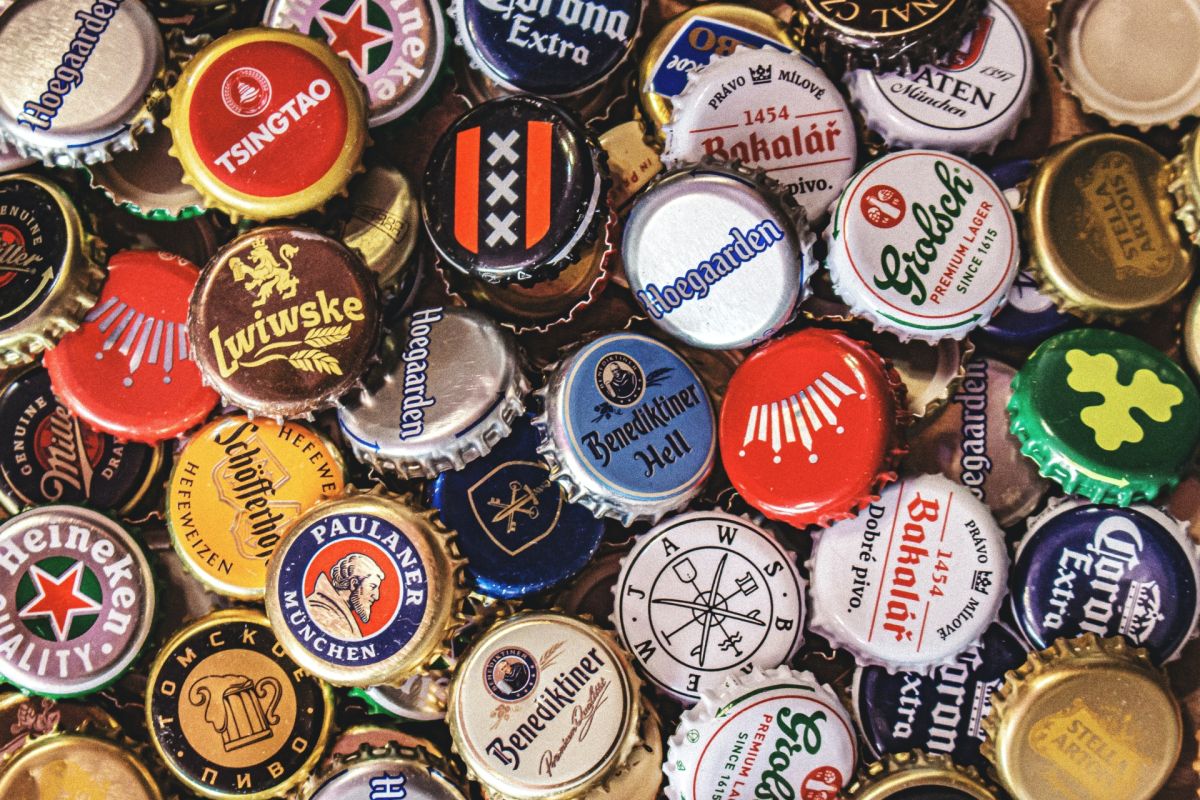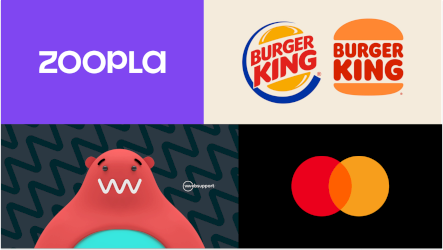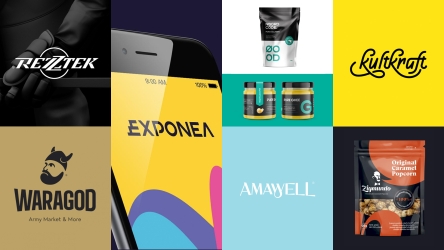If you own a small company, you might not have solved a less eye-catching and yet still critical problem in starting up a business – protecting your business name. How can you avoid problems before you invest too much into branding? Our legal department will answer your frequently asked questions about registering trademarks in Slovakia, the European Union and globally.

1. Why is an in-depth search necessary before selecting a final name and filing a trademark application?
We recommend at least one alternative name for your company in case your first choice fails to pass an in-depth search. An in-depth search lets you easily find out if the name you have chosen already appears in the same or similar registered trademark or if an application for the same trademark is in the process of being approved. If either of these cases happens, your name will not meet requirements for a trademark and you will have to choose another name.
Bigname is ready to do an in-depth search for you even a few days before you apply to register your business name, saving you money, time and potential conflicts in law. Having a registered domain is no guarantee. The winner in litigation is inevitably the one who was the first to apply for a trademark or who already has a registered trademark.
Kempingski was a Slovak company that provided tent accommodation at festivals and it happened to encounter this problem. Although the name sounded funny to the company’s owners, the smiles on their faces froze as soon as they received a letter from the Kempinski hotel chain. Today the former Kempingski goes by its new name “Tent Inn” and their old domain name redirects people to kempinski.com.

2. What can be trademarked?
Slovak legislation, specifically Act 506/2009 on Trademarks, permits any brands or identities capable of being represented graphically and which particularly consist of words, including personal names, letters, numerals, drawings, the shape and packaging of products and combinations of any of these attributes to be trademarked. When you seek to register a trademark, choose if you need a word, figurative, combined or three-dimensional mark. The law also regulates what identities cannot be registered; for instance, those without distinctive character, contrary to public policy, designations that can mislead the public about the nature, quality or geographical origin of goods or services and certain other types of identities. To learn more, we recommend you to study the Trademark Act or consult a legal expert in intellectual property rights (our team has one).
3. How can I obtain a trademark valid in Slovakia?
Trademarks are registered in Slovakia at the Industrial Property Office (indprop.gov.sk) and takes 11-15 months. Once an in-depth search has been completed, the next step is to complete the prescribed form, which contains all the requirements required by law. A trademark can be sought for only one brand or identity in a single application. The most problematic part is the Nice Classification for goods or services. Up to three classes are included in the price of one application, so three categories of goods and/or services can be subject to protection. But a too vague classification of goods or services can prolong the process because there will be subsequently a request for clarification.
Then the process of registering the trademark itself starts, with the application assessed both formally and substantively. The application’s status and content can be followed on a publicly accessible electronic database, making it easy for third parties to submit objections. Unless there are objections within three months of publication, the trademark will be registered. You can start using the symbol “®” on the date the trademark is registered and the registration is valid for ten years.
How much it costs to register a trademark depends on the amount of legal work involved in the application. Information can be found in the "Administrative Fees” section of the Industrial Property Office website. For example, the price for an individual trademark for up to three classes of goods and/or services is 166€.
4. How can I register a trademark in the EU?
European Union trademarks are provided protection through a single application to EUIPO (European Union Intellectual Property Office). Once the trademark has been approved, the registration is valid in all EU countries, including Slovakia, for 10 years from the filing date. The actual approval process follows a similar pattern to how trademarks are approved in Slovakia. The first step for registering a mark in the European Union is to complete a Community trade mark application (Community Trade Mark is the name given to EU trade marks). This application may also be filed at the Industrial Property Office's registry in Banská Bystrica, which will send it to EUIPO in 14 days, or the application can either be submitted electronically or sent through the post directly to EUIPO. The application can be in any official EU language.
5. How do I register the brand in the US or globally?
Global registration of brands is covered by the Madrid Agreement, which enables an applicant to register a trademark in a single application acceptable either in all 97 member countries of the Madrid system, including the United States, or only in selected countries. The Industrial Property Office (UPV) claims that "...the application can be submitted in the state which is a place of residence of a requestor, or in the state of business or the state of nationality of the requestor." This means if your company has its headquarters in Slovakia and you submit a national trade mark, your Office of Origin is the UPV, which will subsequently draft an international application to be forwarded to the World Intellectual Property Organization (WIPO) within two months of registration. WIPO will then check the correctness of the trade classification of goods and services as well as formal aspects of the application. All processes and communications for holders of international trademarks at the International Bureau are mediated by UPV. Trademark holders are only required to pay the fees indicated in the current tariff in Swiss francs. Holders may be additionally requested, while the trademark registration is valid, for "territorial extension of protection to countries where the mark has not been registered yet..." (UPV, 2016). The WIPO website can calculate the cost of trademarks in the countries you select. For instance, the cost of registering a single-color logo for one class of goods or services for just the United States stood at SFr 1200 (about €1085).
6. Can a trademark be extended to cover other categories after it has been approved?
Once a trademark has been approved, it can no longer be extended to other classes, so you need to carefully consider your brand’s potential growth in other specific categories. On the other hand, you can remove a selected class mark for a fee.
7. What if my trademark is not yet registered, but market communication of the brand needs to be started by us?
You can also use your brand without a trademark, but it entails some legal risk. Early registration will avoid a situation where you have invested in brand communication, people have started to become familiar with it and then you have to rebuild from the beginning because a conflict with an existing trademark forces you to rebrand.
For example, Jan Becher-Karlovarská Becherovka's registered trademark enabled this Czech manufacturer of alcoholic beverages to protect its brand legally against imitations of the famous liquor in Slovakia. Although the imitation beverage varied in colour and flavour, the manufacturer was selling it in the typical green bottles and calling it "Original Becher Bitter". The case was resolved by the Supreme Court in favour of Jan Becher-Karlovarská Becherovka because it had already registered the phrases "Johann Becher" and "Becher Bitter".

8. What are the risks of not having a registered trademark?
Imagine your brand is awesome and you have already invested a lot of money and time into it. The brand could be put at risk if somebody else is applying for a trademark or has already done so. First, you will not be able to use the trademark. In the best scenario, you will have to go through the complex process of rebranding. In the worst scenario, you are at risk of being sued by the trademark holder and that could cost you a lot. Unless the trademark holder wishes to settle out of court, you should be prepared for never-ending litigation. If the competitor has a registered global trademark, your chance for global growth is minimal.
9. Do I control the names entered in trademark databases before registration?
Uniqueness and differentiation are basic parameters not only for branding, but even more for protecting your name against competitors. That is why an in-depth search in the trademark register is part of the naming process; in order to eliminate a potential match with marks that have already been submitted or registered. Then we recommend a lawyer or trademark agent re-examining the name to detect any potential similarity in a selected Nice Classification in selected countries immediately before filing an application.
We look forward to helping you with any of the extra services below:
- Global trademarks
- Local trademarks
- USPTO trademark database
- Google due diligence screen
- CTM
- WIPO Madrid Protocol
- Industry-specific databases
Special thanks for consultation and comments on this article to Lukas Steiniger, the partner at STEINIGER | Law Office specializing in intellectual property rights and an expert on trademarks and patents.




